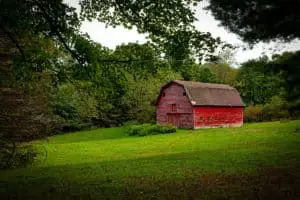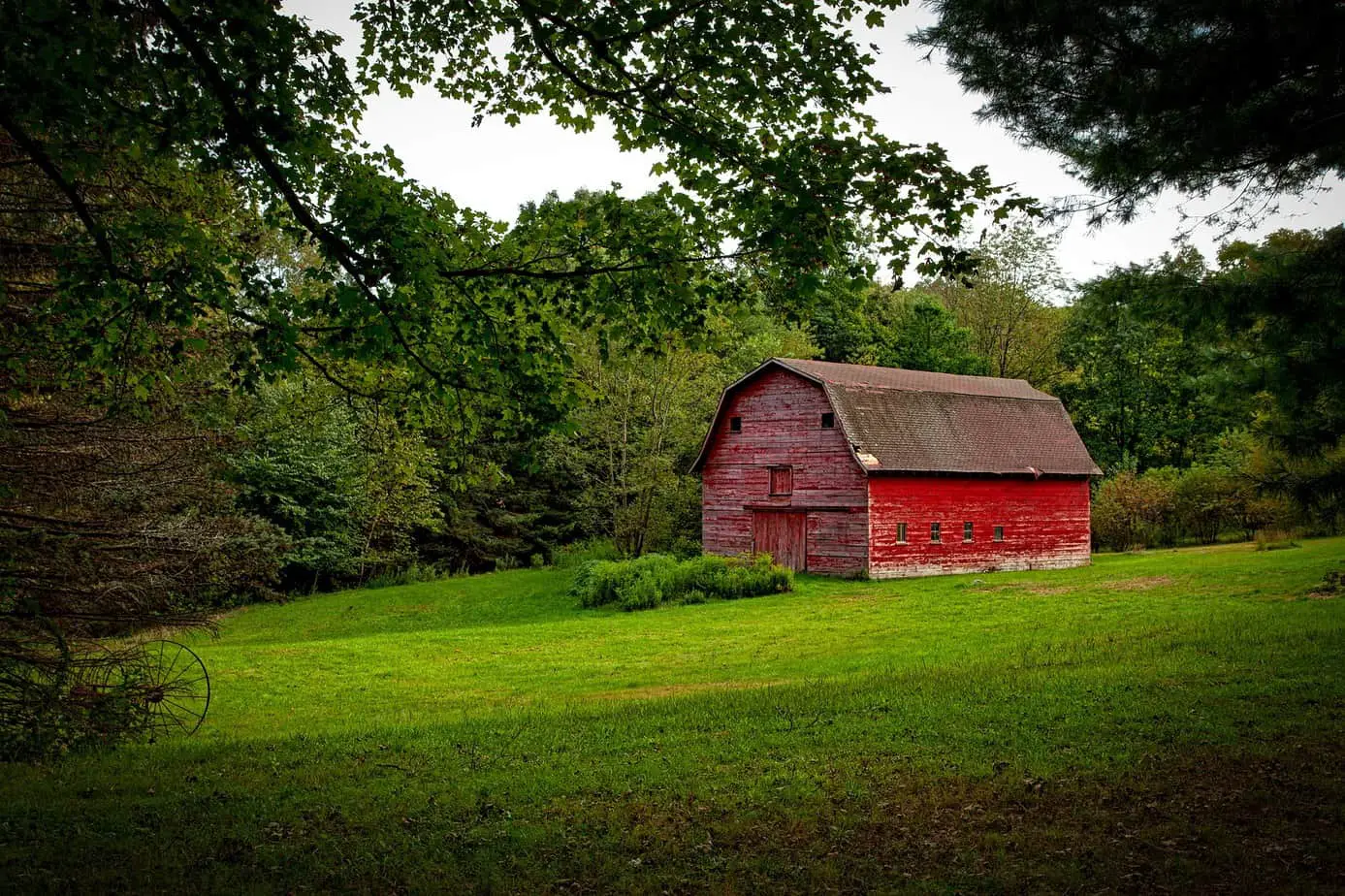Insulating your shed can be very effective if you need outdoor storage throughout the year. Insulation of the shed will give the warmth needed during cold periods. It will help minimize the damage to stored tools and equipment. It will also allow for the storage of delicate plants that would otherwise be ruined by the cold.
Insulation of a shed should be done properly by the sealing of gaps, ensuring sheets of insulation are installed and in some cases installation of drywall should be done. The type of insulation to be used will be determined by the different areas that need to be insulated. Areas such as walls, floors, doors, and windows require specific demands.
This guide will help you figure out how to insulate your shed.

How to Insulate the Old Hickory Shed: Definitive Guide
-
Seal the hickory shed
The first step is to seal the hickory shed otherwise none of the insulation work you do will be any good.
Windows
Insulating the walls of a shed that has gaps or breaks in the windows will do little to no good.
Replacing the windows should be the first step. The seals should be checked and replacement is done if required. You should also consider the installation of double glazed windows over single glazed windows.
This is because double glazed windows allow less heat loss. Another option is to attach the inside of the windows with a sheet of Perspex. This should only be done if the windows won’t be opened.
Roof
The roof is often neglected during insulation but it should be protected.
Any leaks in the shed should be checked by examining the roof during rainy days. You can use a garden hose in place of rain by spraying water over the shed roof. You can then examine for any leakages.
Potential leak points will be identified by dark stains on the roof. Tiny gaps can be sealed using a sealant. Expandable spray foam can be used to seal the bigger holes. Ensure the roof is intact and any replacement necessary is made.
Walls
Gaps in the walls should be fixed with foam or sealant.
You wouldn’t want to insulate your shed only for it to be ineffective due to the leaks and gaps on the wall. Consider adding siding to the shed if the number of gaps is significant. When the holes are filled and a barrier is defined between the outside, the inside of the shed will have its temperature remain constant.
Floor
Fill in any gaps that can be seen. You should also place down a waterproof membrane and then lay an old carpet on the floor. You can get old carpets from family and friends who wish to dispose of theirs. Alternatively, you can purchase cut-offs from carpet stores.
Door
Filling the gaps with foam or sealant should be done as is the case with walls. Make sure the door is hanging securely with strong hinges. If necessary, add seals over the hinged edges.
Take a look at this video for a walk around of old hickory sheds
Choosing The Correct Type Of Insulation For A Shed
The next step will be to choose the right type of insulation.
- Your first step will be determining the width of sheets that will be used in the insulation. You can do this by measuring the space between the studs.
- Batting or blanket insulation will work well if the studs are 18 to 24 inches apart. This is the standard wall size. Insulation should then be done by tucking in the blanket in between the studs, joists, and beams.
- If the wall width is not standard but occurs in regular intervals, then use polystyrene or foam board sheets for insulation. Despite this type of shed insulation being thin, it usually works well. If the old hickory shed was built with a lot of electrical outlets, then this insulation type is not recommended.
- If you want the old hickory shed to withstand extreme temperatures, then choose wool shed insulation. Fiberglass insulation is another option but it is harmful to humans hence during installation you should always have protective clothing worn.
- All the options above are for unfinished walls. Choose foam, spray, or loose-fill insulation for walls that are finished. Having holes cut into the walls will allow for shed insulation to be installed into the frame.
- Apart from the above-discussed insulation types, you can use bubble wrap insulation. This type works by trapping the heat through the air bubbles. You can use a hammer and nails or a staple gun to attach bubble wrap to the walls.
Install Insulation To The Old Hickory Shed
After choosing the type of insulation, the next step is to install it.
- You are required to hire a professional in case of foam insulation. This is because the installation requires special equipment.
- Having made the measurements of the old hickory shed, you should visit a home improvement store for professional advice on the amount of shed insulation to be purchased.
- Batting or foil sheets need to be horizontally rolled out and polystyrene set on the frame walls.
- The battle or foil sheets need to be stapled to the studs using a staple gun. A special adhesive should then be used to glue polystyrene sheets onto the studs and walls.
- Sheets of shed insulation should overlap when they meet while moving up the wall horizontally.
- Insulation done on the ceiling should allow for a two-inch gap between it and the ceiling. This will allow moisture to escape.
- Drywall should then cover the sheets of shed insulation to give an attractive interior with a finished appearance on the shed. The drywall should be first applied to the ceiling before getting to the walls.

Best Insulation For That Old Hickory Shed
Before you decide on doing insulation, you need to decide whether you will be installing electricals or doing plumbing in your shed. You will have to choose the correct materials and take into consideration their use, what level of insulation you need, and your budget.
Bubble Wrap
This type of insulation material is the most basic and affordable. It is also easy to install on the surfaces of the walls, roof, and floor.
Bubble wrap is an excellent insulator thanks to the small pockets of air that are normally trapped in the bubbles.
The tiny bubbles serve as a network for numerous insulating pockets that are filled with air. They are mostly used to insulate windows during cold periods but can also be used to insulate places where temperatures are difficult to control such as attics, walls, and underneath the floor.
Insulation Boards
This is a type of insulation often used in the construction industry. They are multi-purpose boards that provide a solution against extreme conditions and temperatures. They usually come in different sizes and can be cut to fit the floor, walls, and roof shapes. These insulation boards are simple and easy to fit and therefore ideal for the old hickory shed.
Rockwool Cavity Insulation
This will need glass fiber wool or mineral wool such as rock wool. It is great for humidity and temperature control and is also good for sound insulation if needed. It needs careful handling as it can be messy and therefore will require protective gloves and glasses. It is resistant to moisture, rot, mildew, mold, and bacterial growth.
You can find Rockwool Cavity Insulation on Amazon.
When insulating that old hickory shed, you will need to be very careful about how to do it. Hopefully, this article has guided you on how to go about it.
